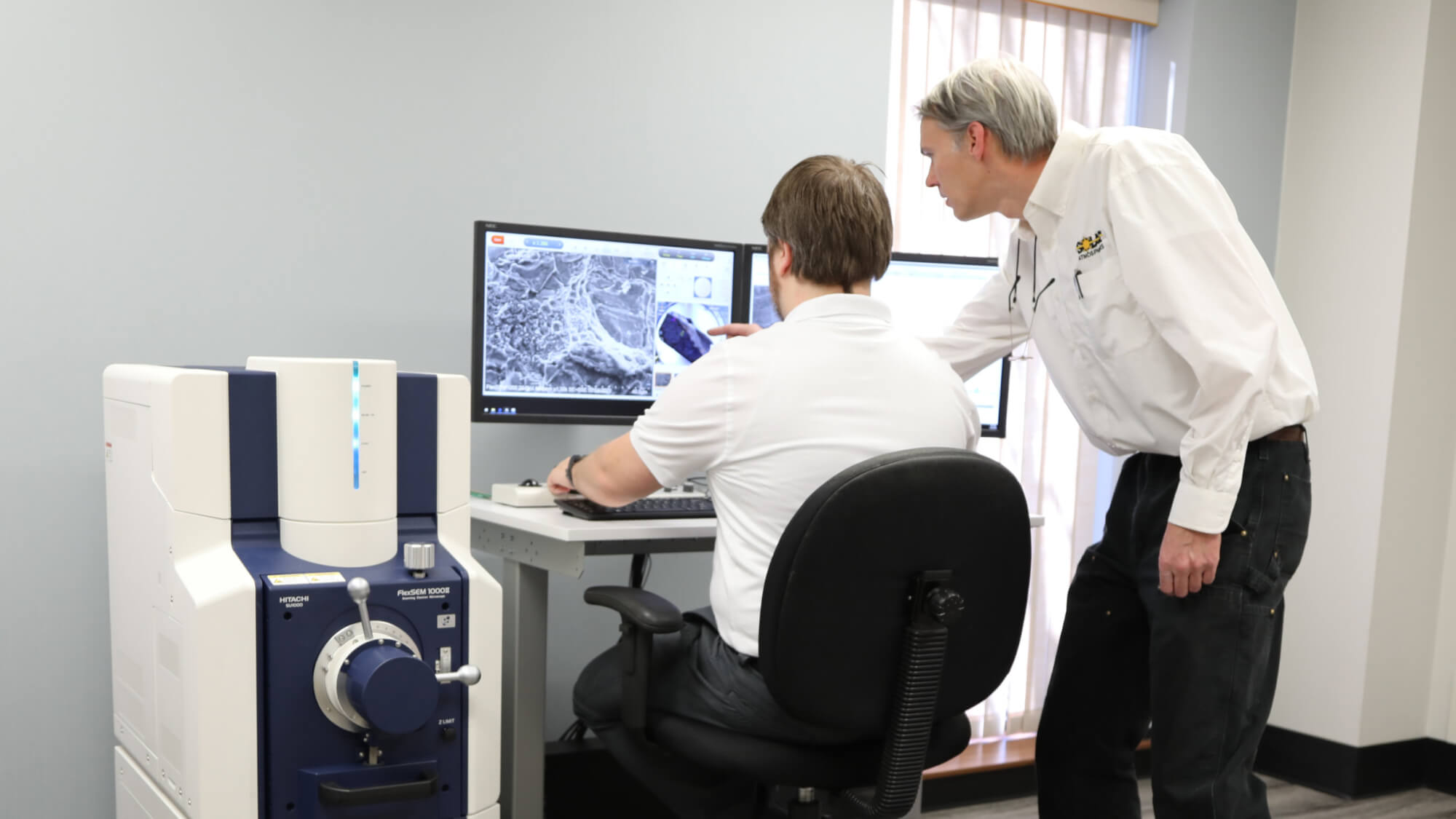CALL: 1-855-WE-HEAT-IT
Understanding PID Temperature Control As Applied To Vacuum Furnace Performance
Proportional-Integral-Derivative (PID) control is the most common control type algorithm used and accepted in the furnace industry. These popular controllers are used because of their robust performance in a wide range of operating conditions and because of their simplicity of function once understood by the processing operator. The purpose of this paper is to further define and thoroughly explain the basics of the PID controller.
It should be noted that many current instruments incorporate what is called an “Autotune” feature which can automatically set the PID variables for a given temperature setting allowing the operator to bypass much of the initial manual requirements. However, Autotuning was not introduced until the late 1980’s and there still exists many instruments in use which do not have this tuning feature and must still be manually set-up. Also, Autotuning often requires additional tuning or tweaking to reach final acceptable results. By understanding fully the basics of the PID functions as described below, it is hoped that any final adjustments or tuning will be simplified. Further discussion of the Autotune feature follows below.
As the name suggests, the PID algorithm consists of three basic components: proportional, integral and derivative which are varied to get optimal response. If we were to observe the temperature of the furnace during a heating cycle it would be rare to find the temperature reading to be exactly at set point temperature. The temperature would vary above and below the set point most of the time. What we are concerned about is the rate and amount of variation. This is where PID is applied.


